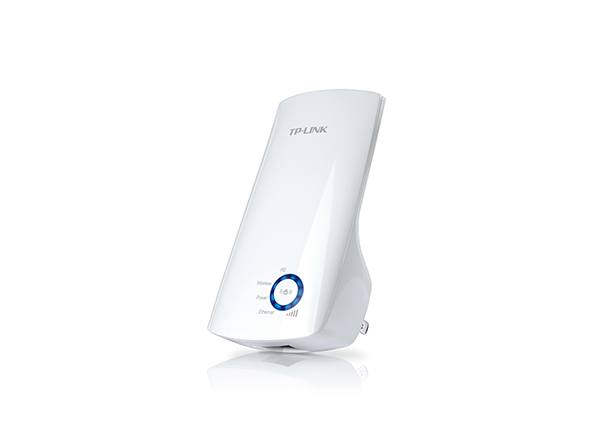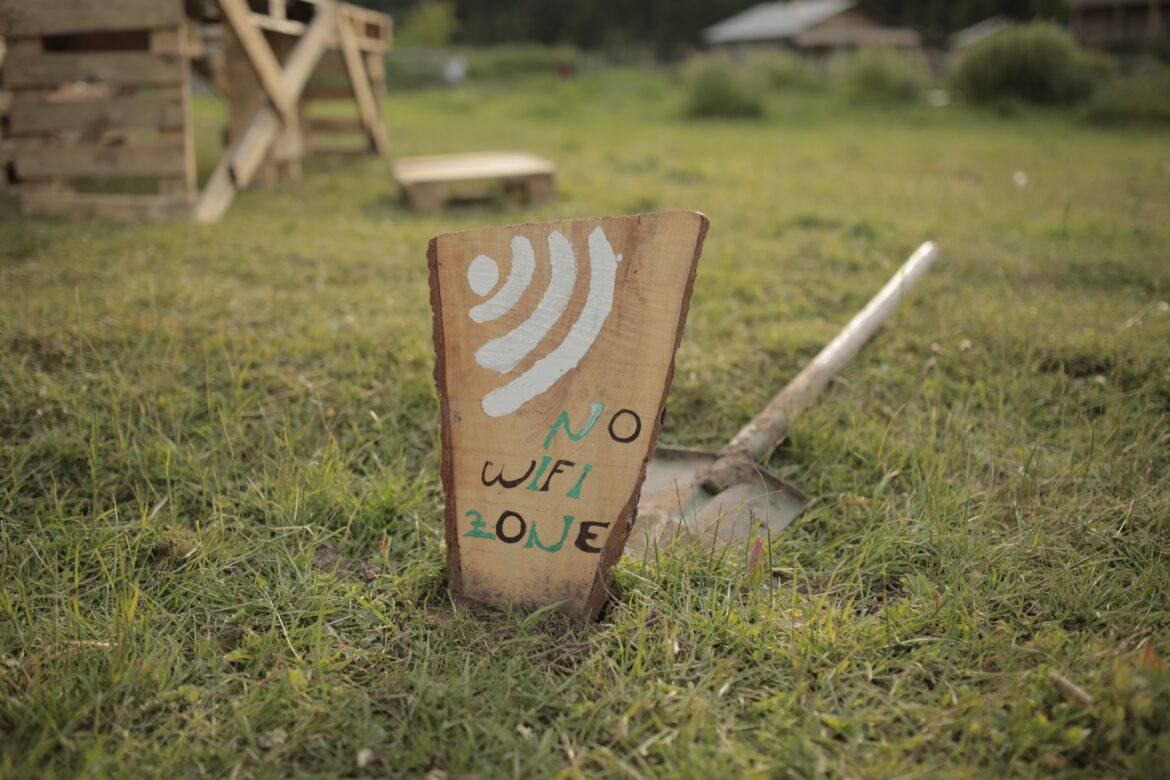“We’ve decided to hold the start of the year convocation off-site,” the superintendent’s assistant said to me. I gave an inward groan, making no audible comment. I may have even, in a figurative way, rolled my eyes. “We are going to need wireless connectivity since he wants to show a presentation. He also wants to show video on the big screen of district staff arriving.” Each extra need meant a potential issue. “I’m sure we can make it happen,” I replied. “When can the tech team get out there to assess the location?” Once we visited the site, the assessment yielded a few surprises. The problem wasn’t that the venue lacked wireless. Rather, it was that the signal was too weak for what the superintendent needed. Try explaining technical hurdles to a superintendent! The response isn’t positive.
Instead, we asked ourselves another question. “How could we extend the WiFi signal?” A more powerful WiFi signal would allow someone outside to send video from their iPad. The iPad-sourced video would appear on a computer. That computer would run Air Squirrels’ Reflector program. Viewable via a digital projector, the audience could watch people via the iPad video. So how could we extend the WiFi signal? It involved using what is known as a “WiFi extender.” In this blog entry, we’ll explore a few popular WiFi extenders.
What Is a WiFi Booster or Extender?
In a school setting, you can boost your WiFi in several ways. The easiest is to add wireless access points in the areas where more signal is needed. This approach has solved problems where there are too many devices (e.g. laptops, iPads, Chromebooks, Windows tablets). These myriad devices consume limited WiFi signal of the available bandwidth. In a home setting, many often set up a cable modem that includes a wireless router. You have the option to connect your devices via Ethernet cable or via WiFi. This works great in some locations. Other situations may require a signal booster. At this point, I am often reminded of Star Trek transport pattern enhancers.
A WiFi extender, like a Star Trek pattern enhancer, can enhance your WiFi signal beyond the normal range of your cable modem/router or wireless router.
What Devices Work?

Learn more about the 300Mbps Universal Wi-Fi Range Extender
ActionTec describes wireless extenders this way:
Wireless range extenders are stand-alone equipment which sit between your wireless router and the location where you want better wireless coverage. Similar to a wireless repeater, a wireless range extender grabs existing WiFi signal from your wireless router and re-broadcasts it. Range extenders rebroadcast on a different wireless channel from the one used by your wireless router. The challenge with range-extenders is location. Incorrect placement means a range extender may not obtain sufficient WiFi signal from your router to simultaneously rebroadcast, stream and engage in online gaming or watching a video. Read More.
My own experience with WiFi extenders mirrors ActionTec’s description above. This past summer, I invested in a cheap WiFi extender from TP-Link. Setup involved these steps:
- Connect the extender to your existing router (via WiFi)
- Save the configuration using a browser-based process
- Plug the extender in a part of the house that needs to re-broadcast the signal
The plug-and-play setup was easy. At the end of the setup process, I had a 2.4 gigahertz WiFi network. The new network featured “_EXT” at the end of it. If you named the network in your building”TCEA,” then with a WiFi extender, you may see a new network labelled “TCEA_EXT.” The $10 purchase gets me an additional range of 75 feet with a data rate of 300 megabits per second.
You can find a comparison chart of devices online. Let’s take a look at three top devices.
Top Three WiFi Extender Devices
There are various criteria to consider in selecting a WiFi extender. The top three criteria to focus on include cost, range, and megabits per second. The range refers to how far the device will extend your signal. Megabits per second (mbps) describes how much data can be passed. Longer range and more data are preferred. Lower cost is a plus. The top three devices include:
- Netgear EX6200 (AC1200): At about $80 (Amazon, Best Buy, and Walmart feature similar pricing), you get a range of 450 feet and 1,200 megabits per second
- Zyxel Wireless Access Point with AP / Universal Repeater / Client Mode [WAP3205V2]: With a cost of just under $25, this device offers a range of 450 feet and 300 megabits per second. Compare TP-Link’s 300 feet to Zyxel’s 450 feet. Increased range may not be needed given your location.
Here is my impulse purchase, available at low cost:
- TP-Link N300 WiFi Range Extender (TL-WA850RE): At a price point of just under$10, (Amazon , Best Buy, and Walmart), this WiFi extender will get the job done where its 300 foot range is not a limitation.
Extend Your WiFi Network
For my situation at the Convocation Center, the solution we tried involved buying a sub-$100 WiFi extender. It worked well enough that we could monopolize the bandwidth to mirror the live video sent from the iPad’s Camera app (located outside the building) to the computer with Air Squirrels’ Reflector, a few hundred feet away. All, including the superintendent, were able to view the “video feed” of arriving district staff. The solution worked. Sometimes, that’s all that matters.


